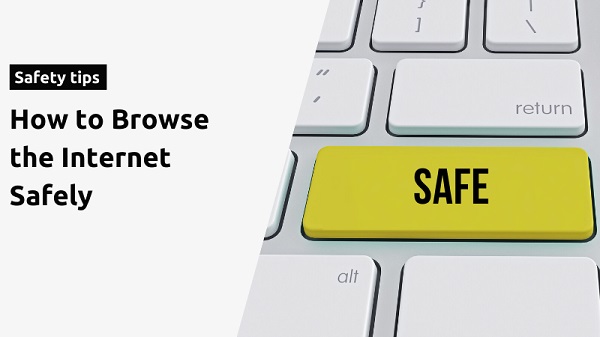
Essential Tips for Safe Internet Surfing: Protect Your Online Presence
Welcome to our comprehensive guide on safe internet surfing. As the digital world continues to evolve, the importance of protecting your online presence becomes increasingly crucial. This article is designed to equip you with essential tips and strategies to safeguard your personal information and enhance your online security. Whether you’re a tech-savvy individual or new to the digital realm, these insights are tailored for an audience aged 25-65, ensuring a safer internet experience for everyone.
Understanding Online Threats: The First Step to Safety
In the ever-expanding digital landscape, being aware of potential online threats is paramount. Cyber threats range from malware and phishing scams to identity theft and data breaches. By understanding these risks, you can better prepare to navigate the online world safely.
Identifying Common Cyber Threats
Common cyber threats include viruses, spyware, ransomware, and phishing emails. These malicious elements can compromise your personal information, financial data, and even your device’s functionality. Recognizing the signs of these threats is the first line of defense in protecting yourself online.
Effective Practices for Secure Browsing
To enhance your online security, adopting effective browsing practices is essential. This involves being cautious about the websites you visit, the links you click on, and the information you share online.
Safe Browsing Techniques
Safe browsing techniques include using secure, HTTPS websites, avoiding clicking on suspicious links, and being wary of unsolicited emails. These practices help mitigate the risk of falling prey to cyber attacks and safeguard your online activities.
Protecting Personal Information: A Key Priority
Your personal information is a valuable asset in the digital world. Protecting it from unauthorized access and cyber threats is critical. This involves being mindful of the information you share online and taking proactive steps to secure your data.
Data Privacy and Security Measures
To protect your personal data, use strong, unique passwords for different accounts, enable two-factor authentication, and regularly update your privacy settings on social media platforms. These measures enhance your data privacy and security, making it harder for cybercriminals to access your information.

Utilizing Security Tools and Software
Utilizing reliable security tools and software is a crucial aspect of safe internet surfing. These tools provide an additional layer of protection against various online threats.
Recommended Security Applications
Recommended security applications include antivirus software, firewalls, and VPNs. These applications help detect and prevent malware infections, monitor network traffic, and secure your internet connection, respectively.
Conclusion: Empowering Your Safe Internet Journey
In conclusion, safe internet surfing is a combination of awareness, cautious practices, and the use of appropriate security tools. By following the advice outlined in this article, you can enjoy the benefits of the online world while minimizing the risks. Stay informed, stay secure, and navigate the digital space with confidence.
